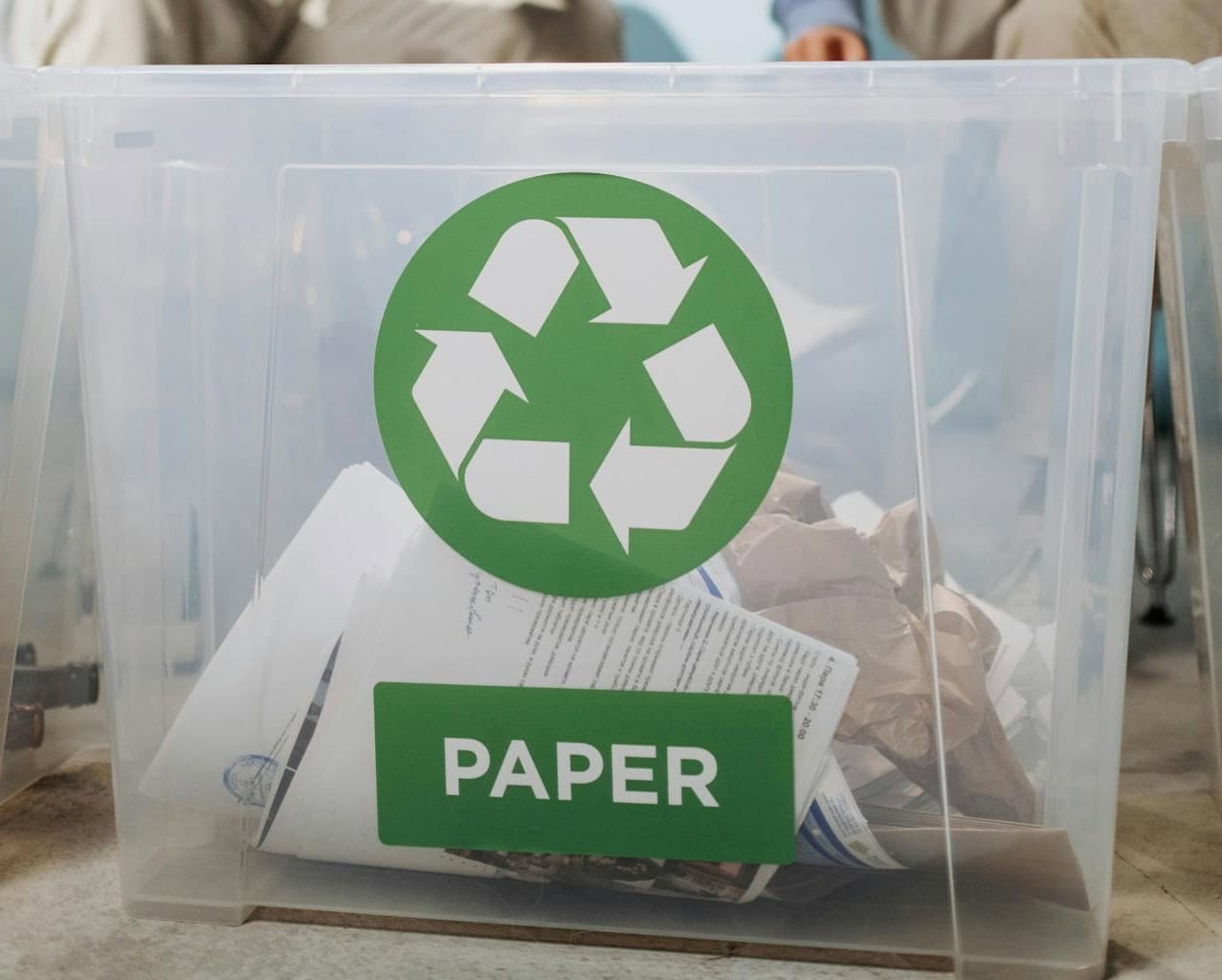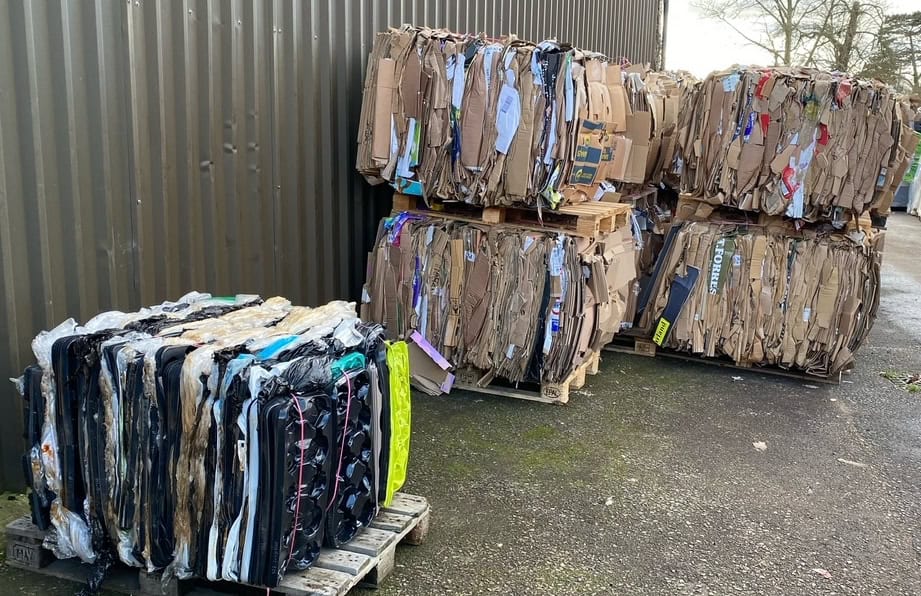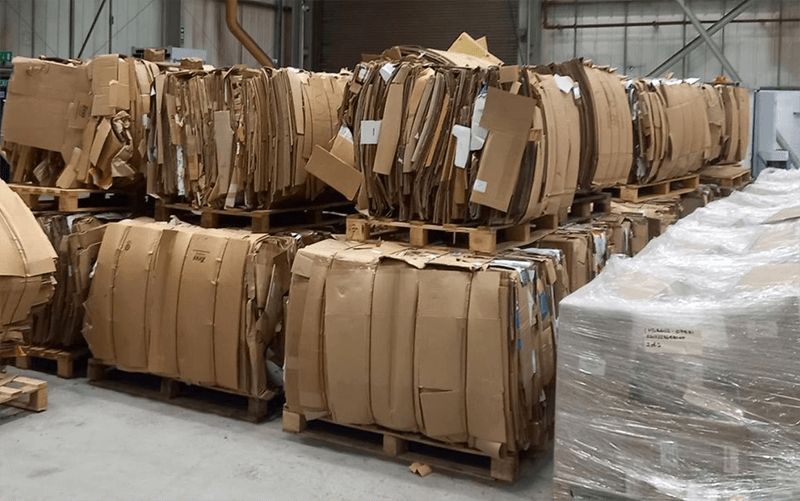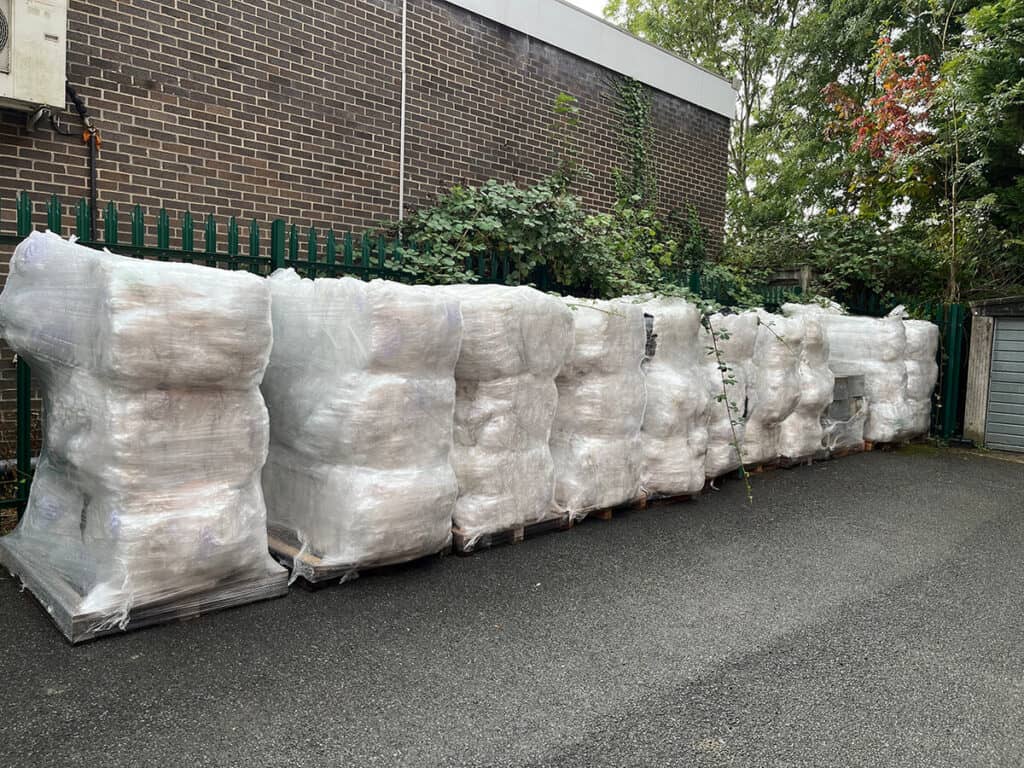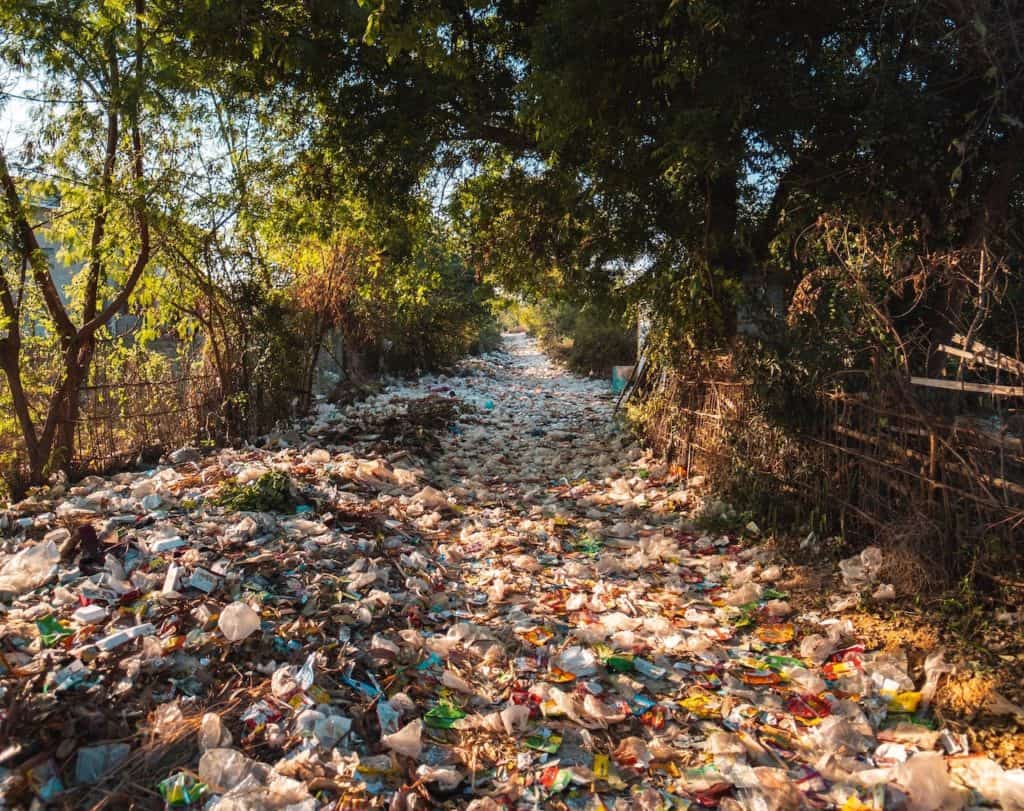- Key Takeaways
- A recycling bill introduced meant that by 2010 all local authorities had to provide every household in England with a separate collection of at least two types of recyclable materials.
- The Innovation in Waste Prevention Fund launched in May 2014 to encourage new approaches to reduce waste.
- In June 2010, the UK government introduced the Strategy for Hazardous Waste Management in England.
- The UK government introduced a 5p charge for carrier bags in 2015.
In this ongoing series, we explore how recycling has evolved over time, focusing on the shifts in public attitudes, policy developments, and the environmental milestones that have defined each decade.
In this article, we take a closer look at the 2010s, a transformative decade for recycling in the UK.
Recycling In The 2010s UK
Household Recycling Act
A new recycling bill introduced meant that by 2010 all local authorities had to provide every household in England with a separate collection of at least two types of recyclable materials. Because of this Household Waste Recycling Act, the percentage of household waste recycled in the UK reached 43% by 2016.
The introduction of the Household Waste Recycling Act played a pivotal role in ensuring that households were able to segregate their recyclables effectively. This legal push laid the groundwork for increased participation in recycling, with local councils being obligated to offer services for materials like plastics, paper, or glass.
The 2010s also saw the widespread adoption of multiple bin systems for general waste, recyclables, and food waste in homes across the country, helping to streamline and simplify the recycling process for households.
Initiatives and Grants
Beyond household recycling, government-backed initiatives were also introduced to tackle waste at its source. The Innovation in Waste Prevention Fund, launched in May 2014, was designed to encourage new approaches to reducing waste before it was even created.
Funded by Defra as part of the broader Waste Prevention Programme, it supported innovative partnerships and community projects aimed at cutting down waste generation in creative ways.
The 2010 Strategy For Hazardous Waste Management
In June 2010, the UK government introduced the Strategy for Hazardous Waste Management in England, a key framework aimed at addressing the complex challenges posed by hazardous waste.
This strategy provides clear guidance on how to safely manage and reduce hazardous waste, focusing on key principles such as waste prevention, safe disposal, and resource efficiency.
It encouraged businesses and waste producers to adopt practices that would minimise the generation of hazardous waste and ensure its proper treatment and disposal in a way that protects human health and the environment. By prioritising the hierarchy of waste management — reduce, reuse, recycle, and recover — the 2010 strategy promoted a more sustainable approach to handling materials like chemicals, batteries, and asbestos.
Litter and Crime
Waste crime was another area of concern that came under increased scrutiny in the 2010s. Illegal dumping, fly-tipping, and other forms of waste-related criminal activity posed serious environmental and financial challenges. In response, the government allocated significant resources to combat these issues, including £5 million of funding for waste crime enforcement, announced in the 2014 Budget.
By bolstering enforcement efforts, the government sought to not only deter criminal activity but also safeguard the environment from hazardous waste mismanagement. This funding initiative underscored the importance of cracking down on illegal waste practices to complement other recycling and waste management strategies.
Reducing Single-Use Waste
The 2010s saw mounting pressure to address the growing issue of single-use plastics, particularly plastic bags, which had become a symbol of wasteful consumption.
In response, the UK government introduced a 5p charge for carrier bags in 2015, a key turning point in the battle against single-use plastics. Before the charge was introduced on 5 October 2015, over 7.6 billion single-use carrier bags were given to customers by major supermarkets in England during 2014.
The introduction led to an immediate reduction in bag usage, with consumers opting for reusable alternatives instead. This small yet impactful measure marked the beginning of larger efforts to curb single-use plastics across the UK.
Wrapping Up The 2010s and Beyond
The 2010s were a decade of progress in recycling and waste management in the UK. Legislative changes, funding for innovative projects, and a focus on reducing single-use plastics all contributed to a growing culture of recycling and sustainability.
The policies and initiatives introduced during this period have had lasting impacts, setting the stage for future advancements in the fight against waste. As we move forward, these milestones serve as a reminder of the positive change that can be achieved through government action, community involvement, and individual responsibility.

